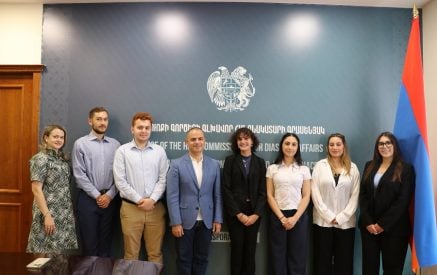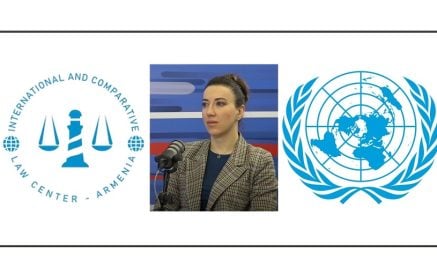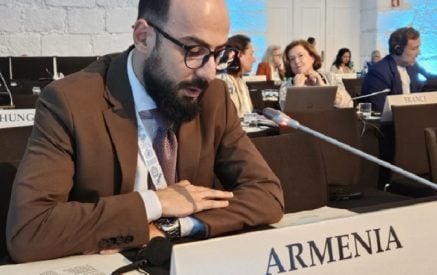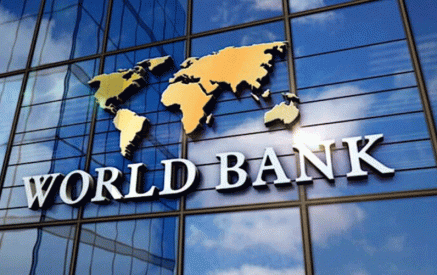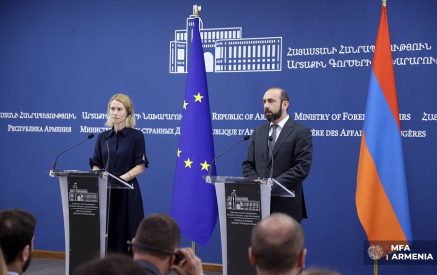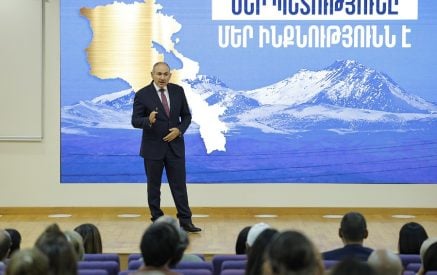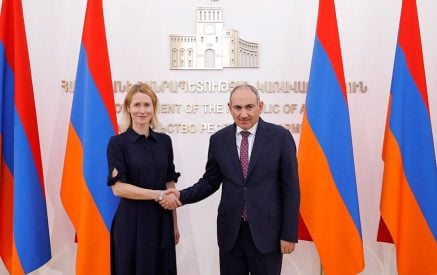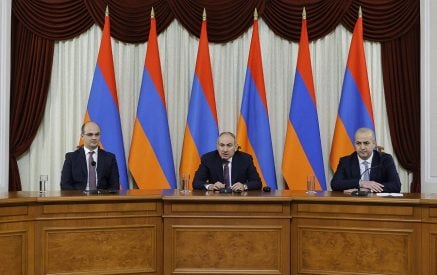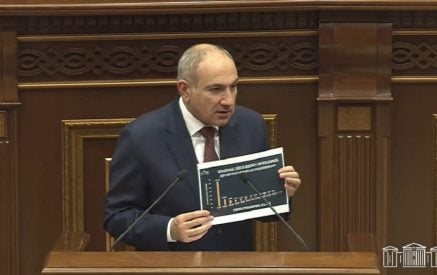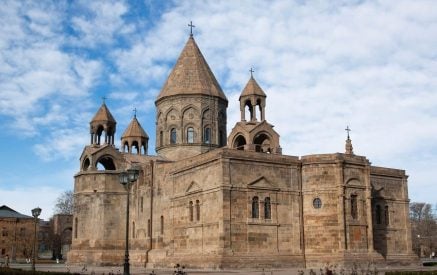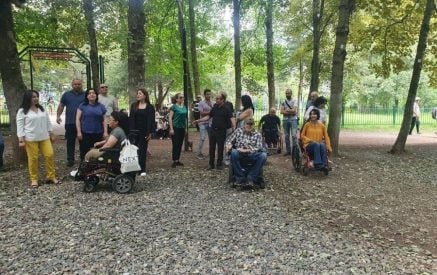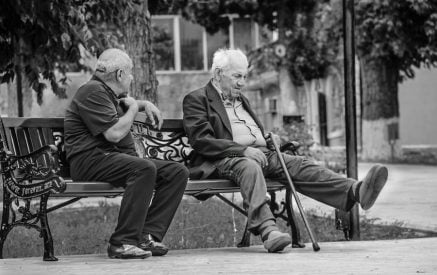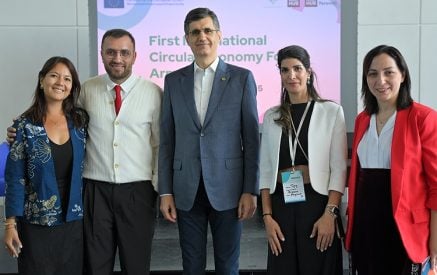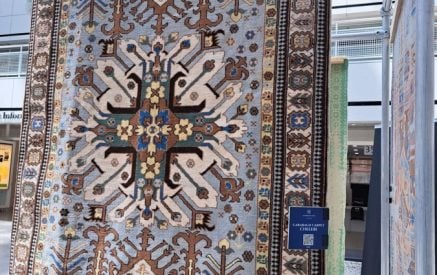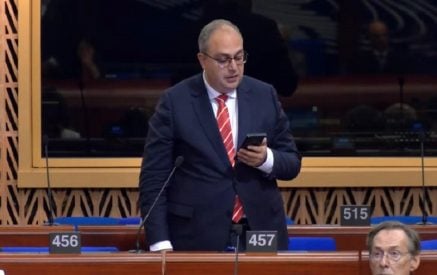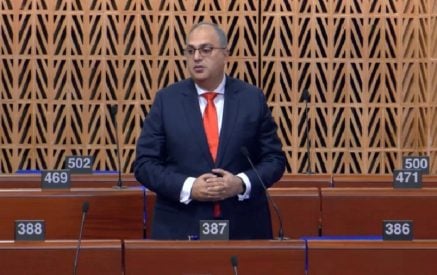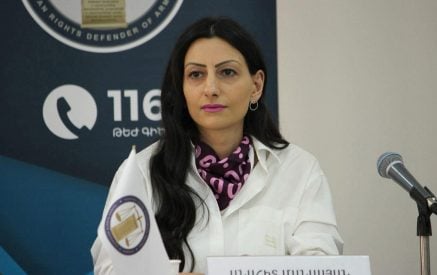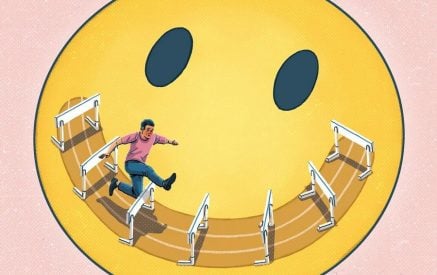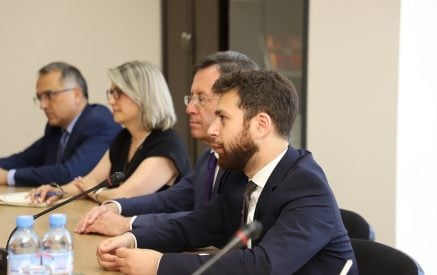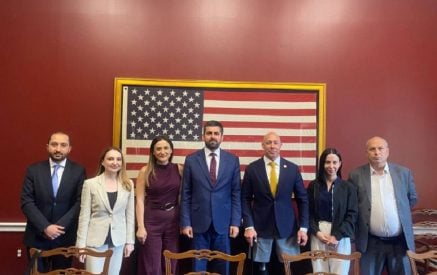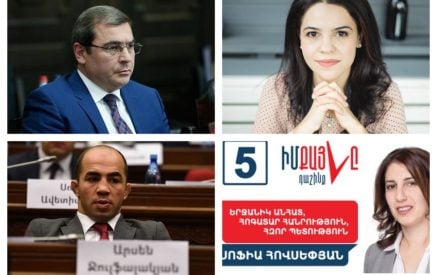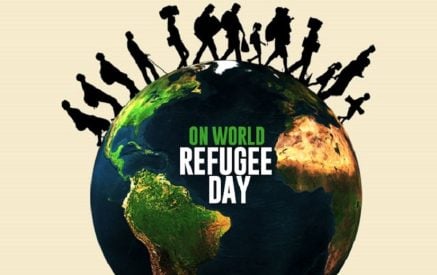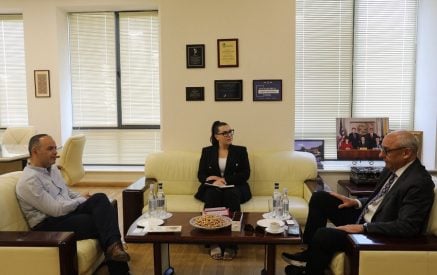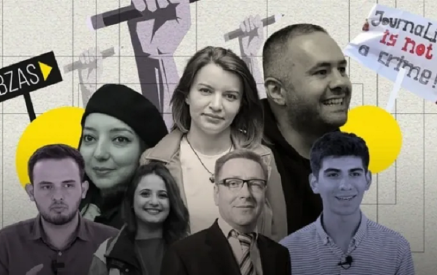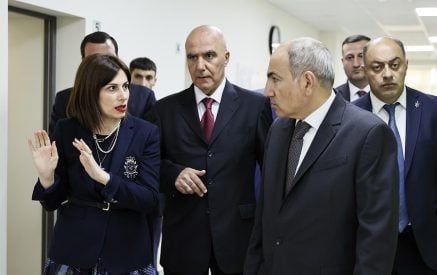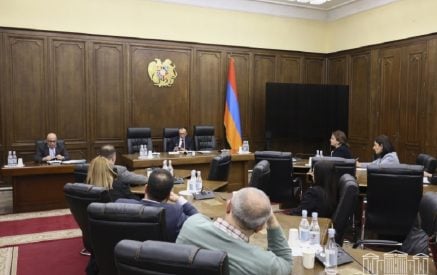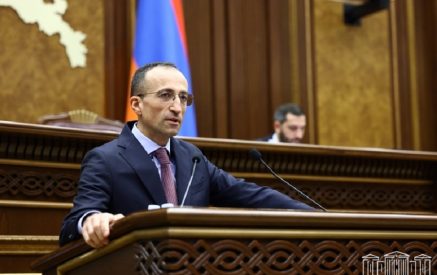Non-poor consider themselves unhealthier much more than the poor and extreme poor
According to recently published “Social Snapshot and Poverty in Armenia 2013” report, “Health and Poverty” Chapter of Annex “Non-income Dimensions of Poverty” describes how health services are accessible for the population of Armenia. This reports made by the National Statistical Service in support of the World Bank underlies the data collected from the 5184 household survey conducted last year.
According to the findings of the HH Integrated Living Conditions Survey (ILCS), people’s subjective assessments of their health condition shows that that 88.9% of population describe their health as satisfactory, good and very good, while 10.7% of respondents describe it as bad or very bad. Interestingly, the extremely poor considered their health as less poor. 11.0% of the non-poor 10.0 % of poor and 10.2% of extremely poor respondents rated their health poor.
It can be assumed from the report that last year, people see a doctor less than in 2012. Moreover, as mentioned in the report, the unit weight of those applied for treatment, by poverty line, is different. When sick, 32.5 % of the non-poor, 22.1 % of the poor and 15.8 % of extremely poor apply for medical consultation or treatment.
Read also
Culture of going to a doctor in Armenia, as many experts say, is low. Armenians, so to speak, do not like to go to the doctor and only when “the cup is full” they see a doctor. There is an opinion that the reason is the financial problems and costly medical services, therefore, people are reluctant to go to a doctor. However, the services of polyclinics, the primary health care services are free, except the services of Gastroenterologist, allergist and dentist, and it is assumed that they would go to polyclinics at least more frequently. But, according to the report, the failure to see a doctor due to financial reasons ranks the 2nd, the first reason for not applying is the self-treatment. Moreover, amongst the respondents, mostly the residents of Yerevan applied for self-treatment, 65.1 %, and 48.9 % – respondents of other cities, 35.5 % – rural residents. Due to poor financial condition, 11.9 % of Yerevan respondents, 24.7 % of other cities and 26.2 % of rural respondents do not go to the outpatient clinic. Note also that some experts believe that people apply for self-treatment especially due to the lack of sufficient income.
The report also states what diseases are diagnosed with people visiting the polyclinics. 47% was diagnosed with hypertension, 30 % of patients underwent electrocardiography during the last visit, and 38 % of patients were checked for the level of cholesterol.
It is noteworthy that the extremely poor under the survey have not apply to obstetrician – gynecologist, dentist, emergency and diagnostic centers for help, while they applied to family physicians and therapists, though, unlike other groups, the visits of the extreme poor is lower.
“In Armenia, the importance of the health benefit package for poor households is indisputable,” reads the report, according to which, only 7.1 % of the population had the right to have a state benefit.
3.6 % of the extreme poor, 6.2 % of the poor and 7.6% of non-poor had the right to use the state benefit.
It is noteworthy that 1.3% of respondents were unaware of whether they have the right to be treated by the state benefit or not. According to the report, the share of expenditures on healthcare services was far higher in the richest quintile group than that in the poorest quintile group.
The report reveals that people are spending less money per month on medication. Is it because of the financial problem or they are healthy? The survey indicates: among the household expenditures, according to the report, the expenses made for purchasing medication amounts to 4.0 %. Monthly expenditure for medication per capita amounts to a total of 1457 drams, in fact, 1895 drams for the non-poor, 559 drams for poor and 181 drams for extremely poor.
“Healthy society is not only a critical precondition for the socio-economic development of any country, but also an important prerequisite for the prosperity of both households and individuals,” reads the preamble of Chapter “Health and Poverty”, and if we consider that according to the “Social Snapshot and Poverty in Armenia 2013” report, 32 % of the population is poor, who see a doctor less due to financial reasons, this sector of population would hardly contribute to the country’s socio-economic development.
Nelly BABAYAN





